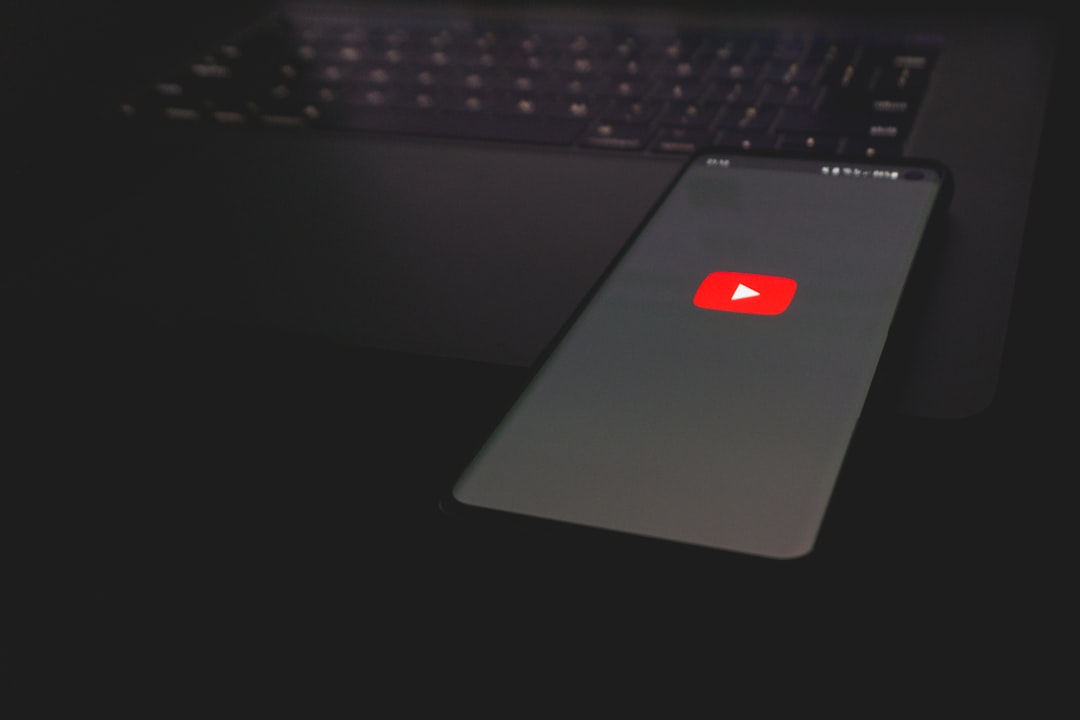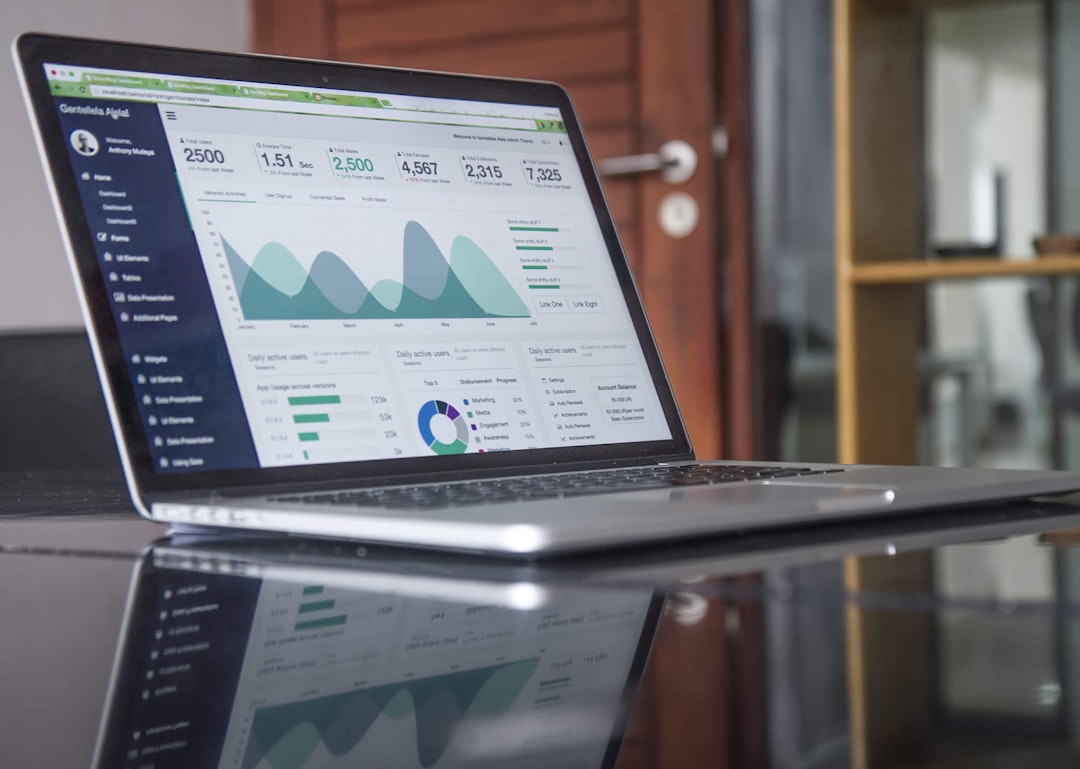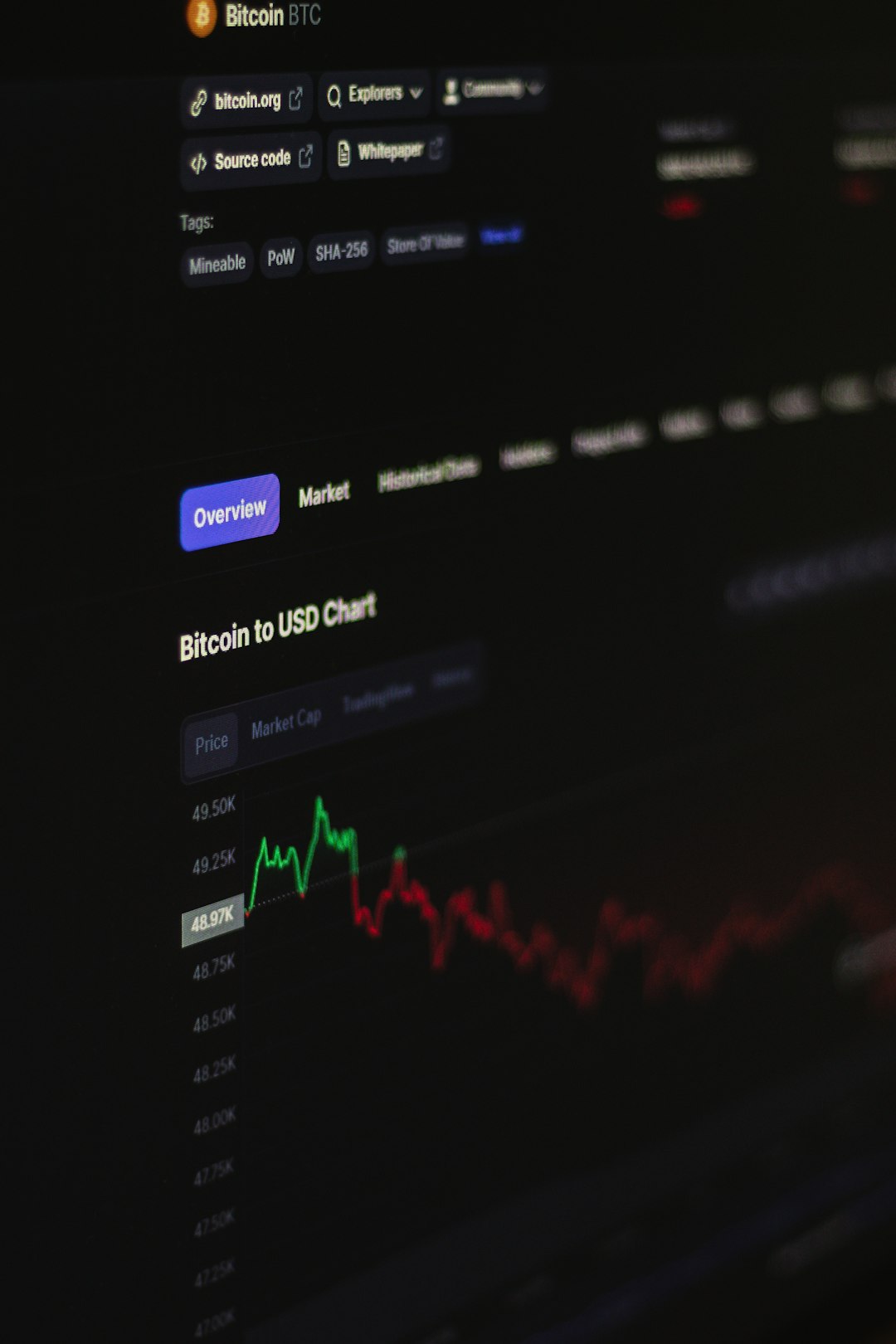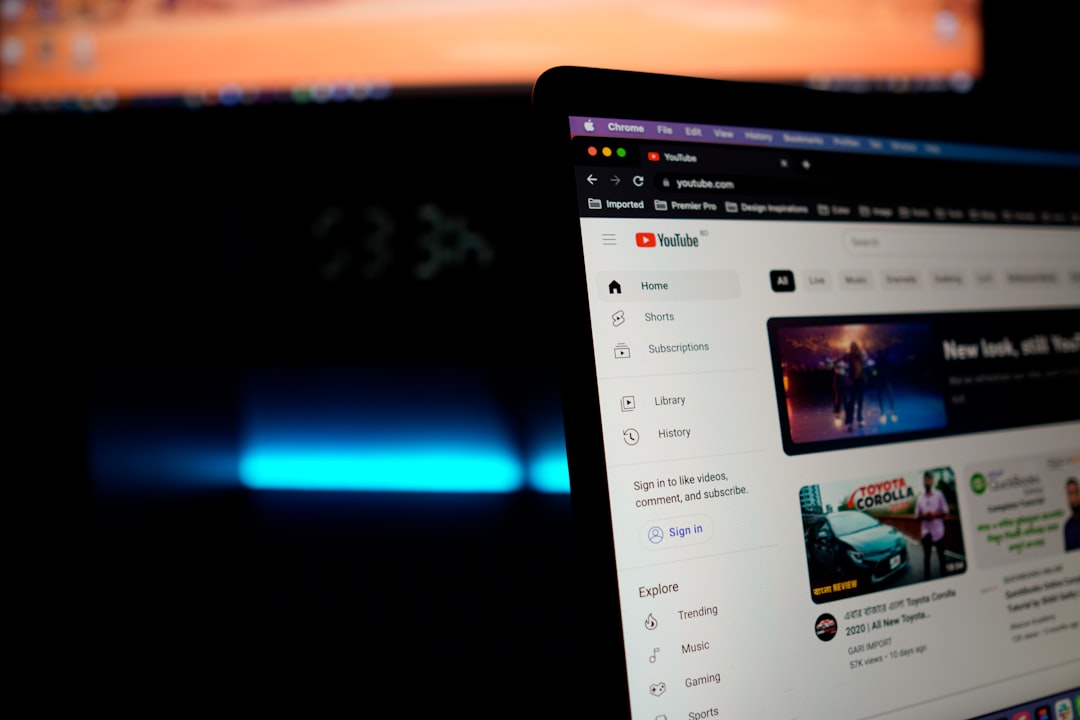YouTube is the world’s largest video-sharing platform and a vital source of news, education, and entertainment. However, due to regional restrictions, government censorship, or network firewalls, access to YouTube is often limited or completely blocked in certain locations. If you’re facing such barriers, don’t worry—there are safe and effective ways to unblock YouTube and watch any video from anywhere in the world.
Whether you’re a traveler, a student, or someone living in a region with restrictive internet policies, it’s important to understand both the reasons behind the restrictions and the tools available to bypass them without compromising your privacy or security.
Contents
Why Is YouTube Blocked?
YouTube may be inaccessible for several reasons, including:
- Government Censorship: Some governments restrict content that is politically sensitive, violates local laws, or is deemed inappropriate.
- Geographic Restrictions: Certain videos or channels are available only in specific countries due to licensing issues or content policies.
- Institutional Firewalls: Schools, workplaces, and libraries may block YouTube to reduce distractions or conserve bandwidth.
Fortunately, various tools and methods can help you regain access—safely and responsibly.
1. Use a Reliable VPN to Access YouTube
Virtual Private Networks (VPNs) are among the most effective ways to bypass YouTube restrictions. A VPN masks your IP address and routes your internet connection through a server in a different region, allowing you to appear as if you are browsing from that location.
Steps to use a VPN:
- Choose a reputable VPN provider with a strict no-logs policy and strong encryption standards.
- Install the VPN app on your device (available for Windows, macOS, iOS, Android, etc.).
- Connect to a server located in a country where YouTube is fully accessible.
- Visit YouTube and enjoy unrestricted access.

Note: Free VPNs may seem attractive, but they often come with serious downsides like limited bandwidth, slower speeds, and questionable data privacy practices. For a reliable experience, consider a paid service with positive industry reviews.
2. Use Smart DNS Services
Smart DNS is another alternative to bypass geo-restrictions on certain YouTube videos. While it doesn’t provide the same privacy protections as a VPN, it is faster because it does not encrypt your traffic.
To use Smart DNS:
- Subscribe to a trusted Smart DNS provider.
- Follow their instructions to configure DNS settings on your device or router.
- Access geo-blocked videos by appearing to originate from an approved region.
This method is ideal for those mainly interested in streaming content, especially if speed is a significant concern.
3. Use a Proxy Server
A proxy server acts as a gateway through which your requests to YouTube are redirected. Like a VPN, it can help you bypass certain blocks, although proxies typically lack encryption and comprehensive security features.
There are numerous free and paid proxy services available online. However, exercise caution—free proxies might log your data or insert third-party ads into your browsing session.
4. Browser Extensions and TOR
Several browser extensions, such as Hola or ProxMate, are specifically designed to unblock content quickly. Another robust option is Tor Browser, which routes your traffic through multiple servers to maintain anonymity. While not the fastest method, Tor is effective for bypassing censorship in highly restrictive countries.

5. Downloading Videos for Offline Access
If future access might be an issue, it is legal in many countries to download videos for personal use (provided you are not violating any copyrights or terms of service). Several software tools and browser extensions allow you to save YouTube videos locally. However, always ensure compliance with YouTube’s guidelines and local laws when using such tools.
Legal and Ethical Considerations
While unblocking YouTube is technically possible, it is important to understand the legal and ethical implications. Circumventing restrictions may violate institutional policies, national laws, or YouTube’s terms of service.
Best practices include:
- Using technology responsibly and not engaging in actions that spread misinformation or violate copyright.
- Ensuring your digital security by using trustworthy tools.
- Respecting regional laws and regulations to avoid potential conflicts.
Conclusion
Access to YouTube enhances your ability to learn, share, and stay informed. By using secure and reliable tools such as VPNs, Smart DNS, or the Tor network, you can regain full access to the platform without compromising safety.
Always prioritize security, respect the legal boundaries of your location, and make informed choices about how you access digital content.


